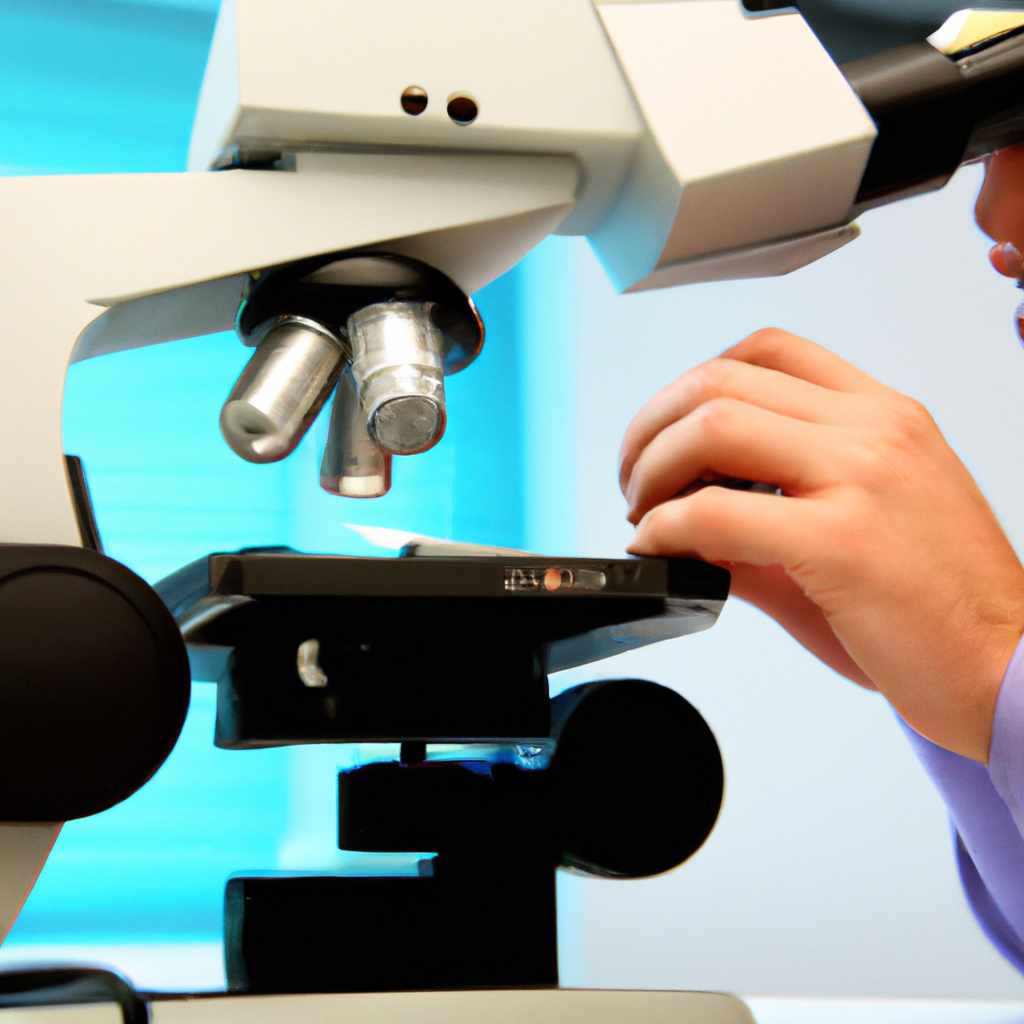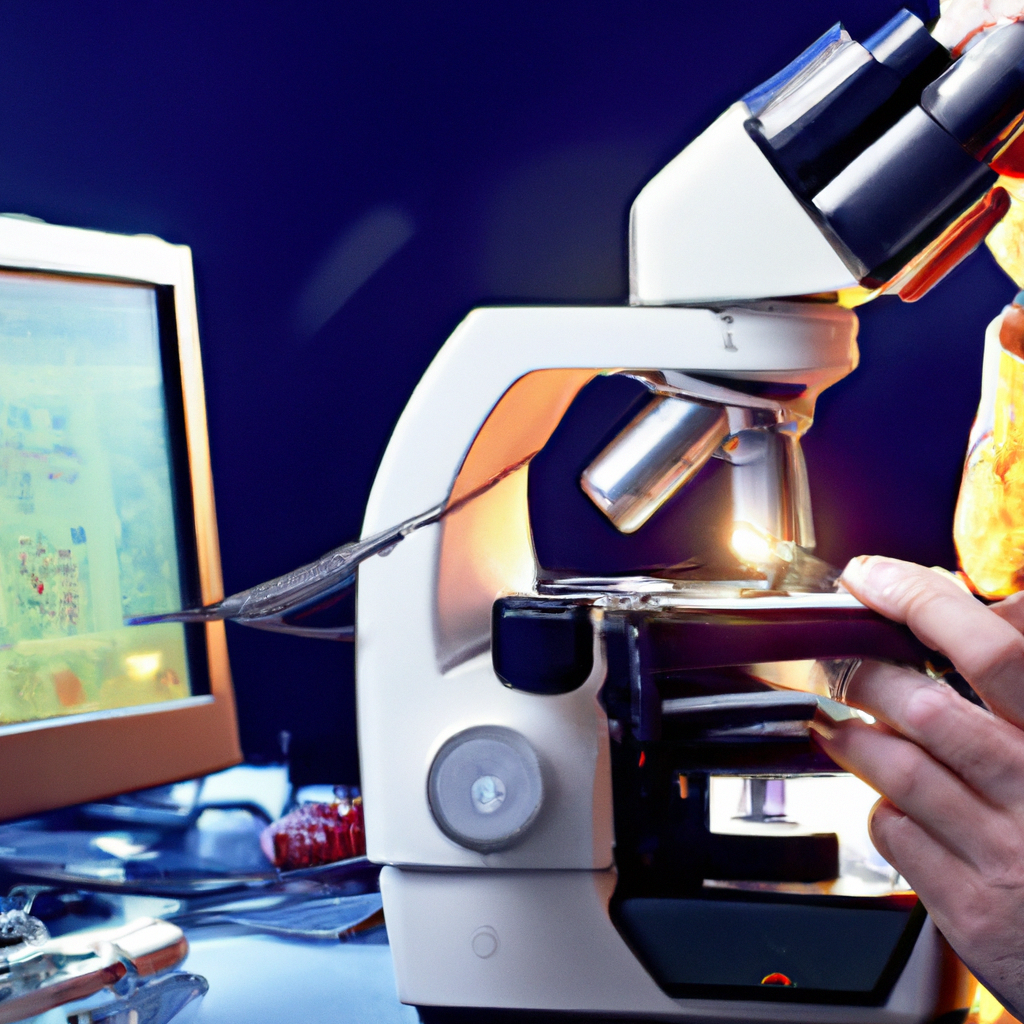Whether you’re a scientific researcher or just someone curious about the microscopic world, the pros and cons of using an electronic microscope are worth exploring. Understanding the advantages and disadvantages of this advanced technology can help you decide whether it’s the right tool for your needs. Let’s dive in and take a closer look at the fascinating world of electronic microscopes.
Advantages of Using an Electronic Microscope
High Magnification
An electronic microscope offers the remarkable advantage of being able to observe specimens at high levels of magnification. With this advanced technology, you can examine even the tiniest details and structures with great precision. This enhanced magnification capability allows for a deeper understanding and study of microscopic components that would otherwise go unnoticed. By delving into the intricate world of small-scale structures, you can uncover fascinating insights and discoveries.
Improved Resolution
One of the key advantages of using an electronic microscope is the boost in resolution it provides. By visualizing finer details and structures, researchers can greatly enhance the quality and accuracy of their observations. This high-resolution imaging facilitates the identification of microscopic organisms and particles, enabling researchers to delve deeper into the awe-inspiring diversity of the microscopic world. With improved resolution, you can unravel complex structures and observe subtle variations in cellular components.

Clear Image Quality
The image quality produced by electronic microscopes is truly remarkable. Unlike traditional microscopes, electronic microscopes provide sharp and well-defined images. This clarity vastly reduces image distortion and blurring, enabling researchers to obtain a clear view of microscopic features. With improved image quality, researchers can confidently analyze and interpret their observations, leading to more accurate and reliable results. By offering exceptional clarity, electronic microscopes unlock a world of microscopic wonders.
Non-destructive Imaging
Preserving the integrity and quality of specimens is essential in scientific research, and electronic microscopes excel in this aspect. Unlike some other imaging techniques, such as staining or sectioning, electronic microscopes allow for non-destructive imaging. This means that delicate or rare samples can be observed repeatedly without being damaged or altered. The ability to study specimens without interfering with their natural state is invaluable, as it ensures a true representation of the specimens being examined.

Ability to View Specimens in 3D
One of the most exciting advantages of electronic microscopes is their ability to view specimens in three dimensions. By examining specimens from various angles and perspectives, researchers gain a more comprehensive understanding of complex structures. This approach allows for the visualization of depth and spatial relationships between different components. With the ability to view specimens in 3D, researchers can explore the hidden dimensions of microscopic worlds and uncover astonishing details.
Live Imaging Capability
The ability to observe dynamic processes in real-time is a game-changer facilitated by electronic microscopes. With live imaging capability, researchers can witness and study biological activities and behaviors as they unfold. This invaluable feature allows for the exploration of cellular and molecular interactions, shedding light on the intricate workings of living organisms. By capturing movements and changes in real-time, electronic microscopes empower researchers to unravel the secrets of life at its most fundamental level.

Ability to Capture and Store Images
Another significant advantage of using electronic microscopes is the ability to capture and store images. By documenting and preserving findings, researchers can build a valuable image library for future reference. This image repository simplifies the retrieval and analysis of observations, facilitating further investigation and comparison. Additionally, the capability to store images allows researchers to easily share their results with colleagues and peers, fostering collaboration and the exchange of information.
Easy Connectivity and Sharing
Electronic microscopes come with easy connectivity options that enable seamless connection to computers and other devices. This allows for efficient data transfer and analysis, streamlining the research process. The ability to quickly share images and data with fellow researchers enhances collaboration, as it eliminates geographical boundaries and facilitates real-time discussions. With easy connectivity and sharing features, electronic microscopes promote a more interconnected and collaborative scientific community.

Ability to Measure and Analyze Images
Beyond capturing and storing images, electronic microscopes offer the ability to measure and analyze the obtained images. This feature allows researchers to obtain quantitative data and perform accurate measurements of microscopic structures. By utilizing specialized software, researchers can extract valuable information from images, enabling statistical analysis and further insights. The ability to measure and analyze images with electronic microscopes adds an additional layer of depth and detail to scientific investigations.
Versatility in Specimen Preparation
Electronic microscopes offer more flexibility and versatility in specimen preparation compared to traditional microscopes. Some traditional methods may require staining or sectioning, which can alter specimen characteristics or limit the observations that can be made. In contrast, electronic microscopes offer various preparation techniques that can preserve specimens in their natural state, allowing for a more holistic analysis. This versatility in specimen preparation ensures that researchers have the freedom to choose the most suitable method for their specific study, ultimately enhancing the accuracy and reliability of their findings.
In conclusion, the advantages of using an electronic microscope are vast and transformative for scientific research. From the high levels of magnification and improved resolution to the ability to view specimens in 3D and capture images, electronic microscopes push the boundaries of exploration and discovery. With their non-destructive imaging capabilities, live imaging capability, and easy connectivity for sharing and analysis, electronic microscopes empower researchers to study and understand the microscopic world in unprecedented detail. While some limitations exist, such as accessibility and availability in certain regions or institutions, the advantages of electronic microscopes far outweigh the disadvantages. Therefore, embracing this advanced technology opens up new avenues for innovative research and brings us closer to unlocking the mysteries of the microscopic realm.





